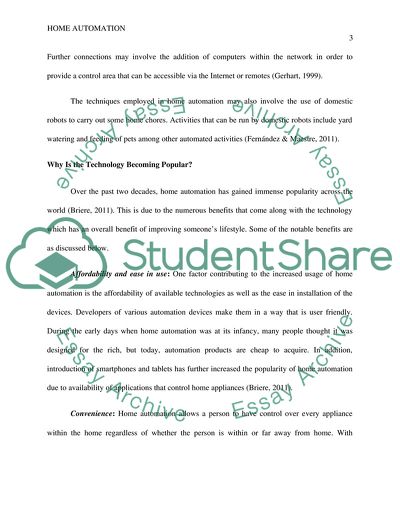Cite this document
(Home Automation Research Paper Example | Topics and Well Written Essays - 2000 words, n.d.)
Home Automation Research Paper Example | Topics and Well Written Essays - 2000 words. Retrieved from https://studentshare.org/design-technology/1783687-home-automation
Home Automation Research Paper Example | Topics and Well Written Essays - 2000 words. Retrieved from https://studentshare.org/design-technology/1783687-home-automation
(Home Automation Research Paper Example | Topics and Well Written Essays - 2000 Words)
Home Automation Research Paper Example | Topics and Well Written Essays - 2000 Words. https://studentshare.org/design-technology/1783687-home-automation.
Home Automation Research Paper Example | Topics and Well Written Essays - 2000 Words. https://studentshare.org/design-technology/1783687-home-automation.
“Home Automation Research Paper Example | Topics and Well Written Essays - 2000 Words”. https://studentshare.org/design-technology/1783687-home-automation.


